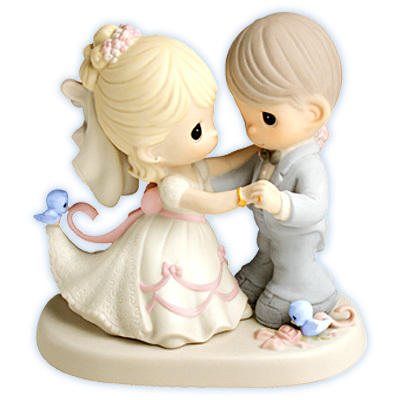Collectable Porcelain Figurines Early in the 18th century, August the Strong, Elector of Sachsen commissioned sculptors from Meissen (Germany), to make porcelain figurines for his palace. In the years that followed, production techniques rapidly improved; porcelain factories across Europe catered to the craze among the well-heeled for these expensive objects d'art. Porcelain factory towns like Dresden and Sèvres are famous even today. By the late 18th century, with thousands of factories engaged in the business, the middle classes could afford figurines as well; artistic standards however, had declined. Fake figurines, typically in Baroque and Rococo styles flooded the market, falsely marked with the names of old, prestigious manufacturers. |  |
Why are figurines highly collectable? Also, a figurine belonging to a theme becomes a valued collectable. For instance, a figurine wearing a gown from a particular historical period would be much sought after by collectors interested in that era, who would be willing to make a substantial offer. | |